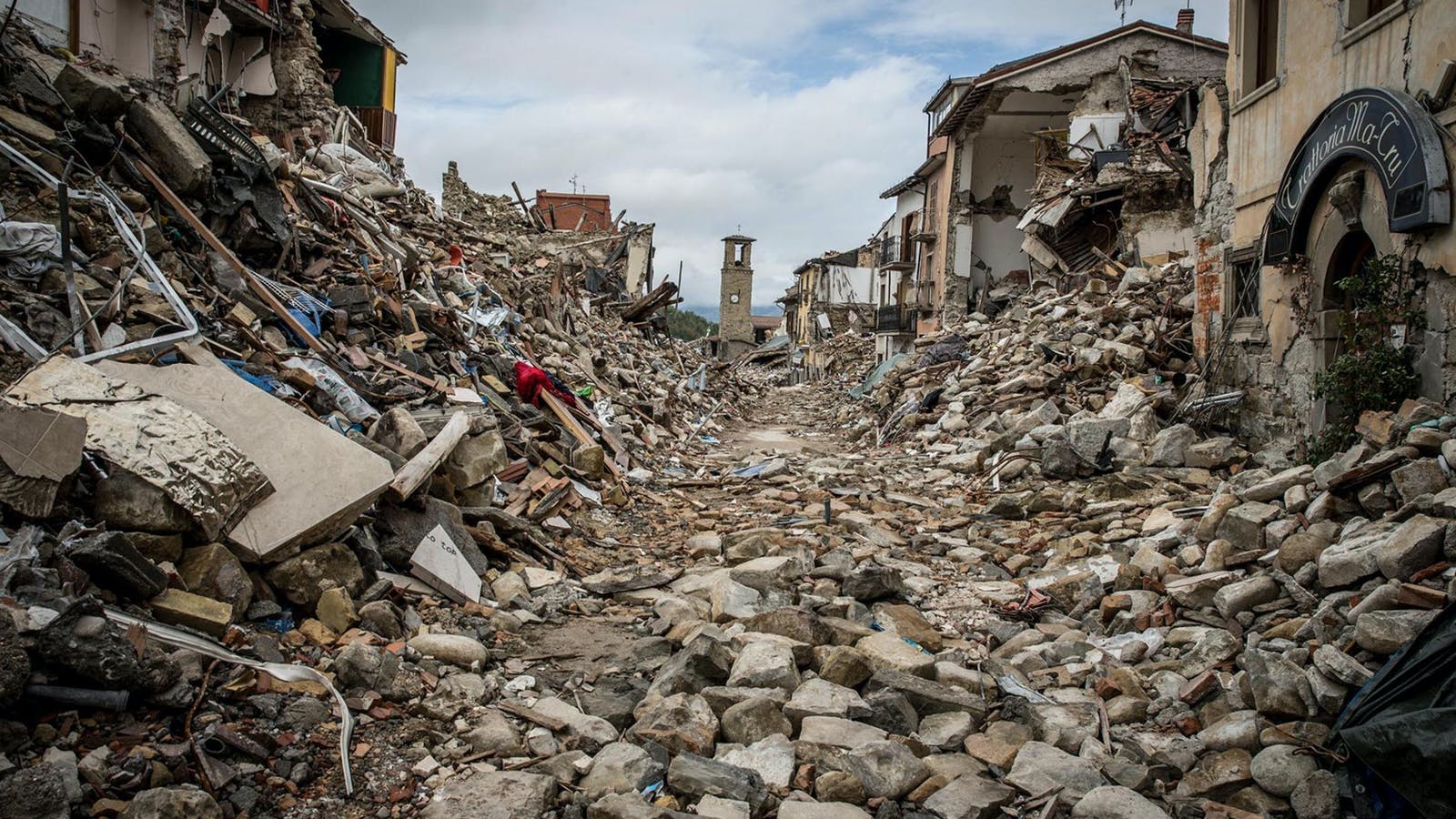Earthquake – Geography Notes – For W.B.C.S. Examination.
All natural earthquakes occur in the lithosphere.Continue Reading Earthquake – Geography Notes – For W.B.C.S. Examination.
- Seismic waves studies offer a full picture of the layered interior.
- An earthquake is, simply put, shaking of the earth’s crust.
- It is caused due to the energy release, which triggers waves that travel in all directions.
- The emanation of energy occurs along a fault.
- A fault is a sharp break in the crustal rocks.
- Rocks along a fault generally move in opposing directions.
Types of Earthquakes
- Tectonic earthquakes: The most common form of earthquakes, it is caused by the movement of loose fragmented pieces of land on earth’s crust knowns as tectonic plates.
- Volcanic earthquake: The less prevalent compared to the tectonic variety, these earthquakes happen before or after the eruption of a volcano. It is caused when magma leaving the volcano are filled by rocks being pushed to the surface.
- Collapse earthquake: This earthquake occurs in underground mines. The main cause is due to pressure generated within the rocks.
- Explosion earthquakes: The occurrence of this type of earthquake is artificial in nature. High-density explosion such as nuclear explosions is the primary cause.
Causes of Earthquakes
- It is caused due to the tectonic movements of the earth.
- The energy release produces waves which travel in all directions.
- The point where energy is released is called the focus or hypocentre. It is generally located at a depth of 60 km.
- This causes a release of energy, and the energy waves travel in all directions.
- The point where the energy is released is called the focus of an earthquake or hypocentre.
- The point on the surface of the earth which is vertically above the focus is called the epicentre. It is the first place to experience the waves.
Body Waves
- Earthquake waves are of two types — body waves and surface waves.
P- Waves
- P-waves are also known as the Primary waves. They are the first waves to arrive at the surface.
- The characteristics of P-waves are like sound waves. They travel through all three mediums- solid, liquid and gas.
- These waves have a tendency to vibrate parallel to the direction of wave propagation. This causes density differences in the material through which they travel.
- These waves are responsible for elongating and squeezing of material.
S- Waves
- S- Waves arrive after some time after the happening of Earthquake and they are called secondary waves.
- A significant characteristic of these S-waves is that they travel only through a solid medium.
- The direction of vibration of this S-wave is perpendicular to the direction of wave propagation, thereby creating crests and troughs in the material of their transmission.
Effects of earthquake
The following are the immediate hazardous effects of Earthquake:
- Shaking of ground
- The disparity in ground settlement
- Natural disasters like Tsunami, landslide, mudslides and avalanches
- Soil liquefaction
- Ground lurching and displacement
- Floods and fires
- Infrastructure collapse.
Measurement
All earthquakes are different in their intensity and magnitude. The instrument for the measurement of the vibrations is known as Seismograph.
Magnitude scale
- Richter scale is used to measure the magnitude of the earthquake
- The energy released during a quake is expressed in absolute numbers of 0-10.
Intensity scale
- The Mercalli scale is used to measure the intensity of an earthquake
- It measures the visible damage caused due to the quake.
- It is expressed in the range of 1-12.
Please subscribe here to get all future updates on this post/page/category/website


 Toll Free 1800 572 9282
Toll Free 1800 572 9282  mailus@wbcsmadeeasy.in
mailus@wbcsmadeeasy.in



















































































































